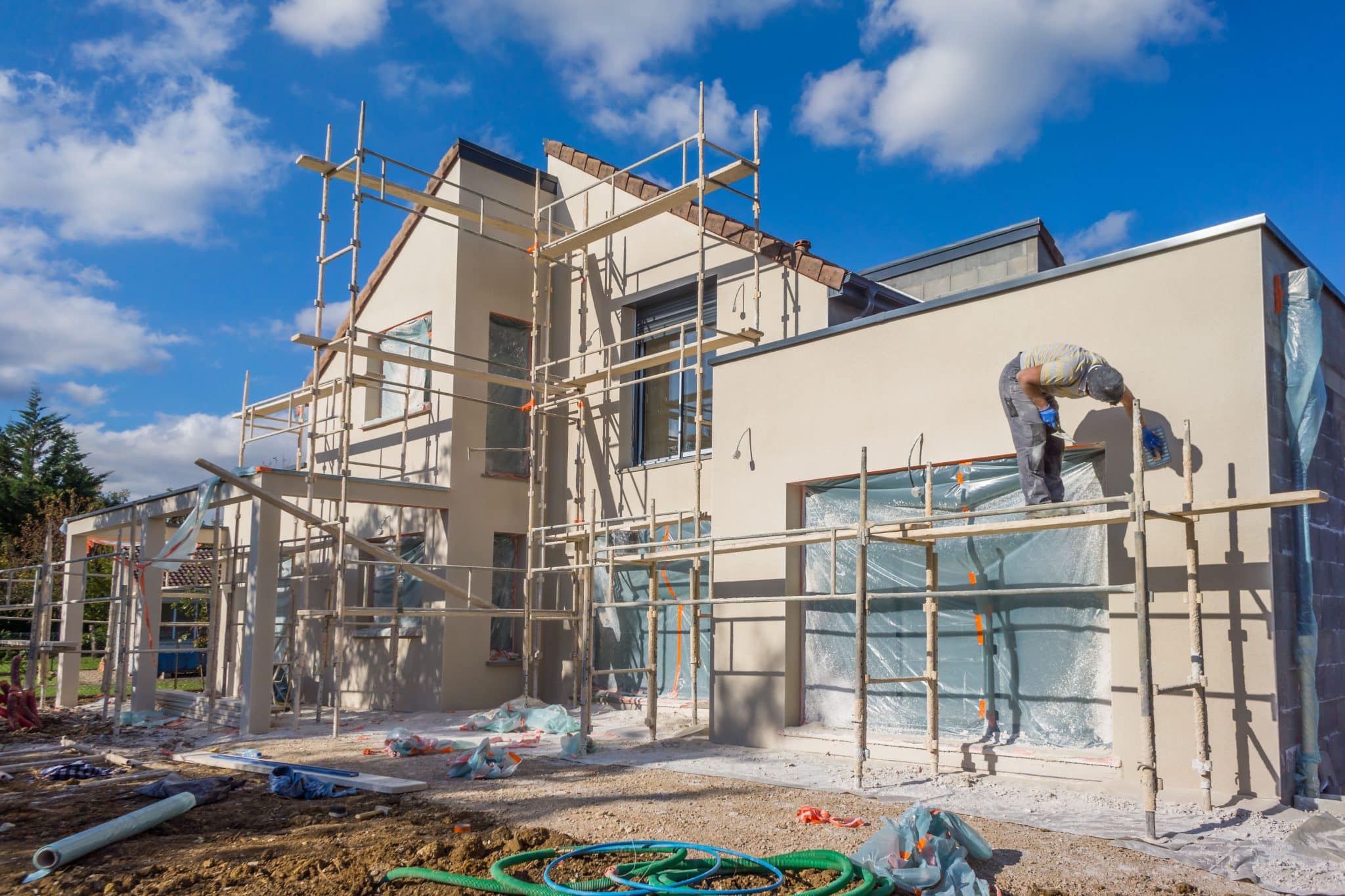Can You Sell A House As Is In California? Tips For A Successful Sale
Thinking of selling your house in California? Maybe you’ve inherited a property that needs some TLC, or perhaps you’re facing a tight timeline and don’t have the resources for major repairs. Whatever your reason, you might be wondering: can you sell a house as-is in California?
The answer is a resounding yes! Selling a house as-is can be a viable option for many Californians. It streamlines the process by eliminating the need for repairs and renovations, and it can attract a specific type of buyer – one who’s handy and willing to take on projects.
But there are a few things to keep in mind to make the selling process smooth sailing. Here’s what you need to know:
Understanding As-Is Sales in California
 An as-is sale means the property is sold “in its current condition.” This implies that you, the seller, are not responsible for making any repairs before the sale. While California law requires some disclosures about the property’s condition, the buyer assumes the responsibility for addressing any existing issues after purchase.
An as-is sale means the property is sold “in its current condition.” This implies that you, the seller, are not responsible for making any repairs before the sale. While California law requires some disclosures about the property’s condition, the buyer assumes the responsibility for addressing any existing issues after purchase.
It’s important to remember that as-is doesn’t mean “anything goes.” You’re still obligated to disclose known defects and potential problems with the property. This protects both you and the buyer from future legal issues.
Benefits of Selling As-Is
 There are several advantages to consider when can you sell a house as is in California:
There are several advantages to consider when can you sell a house as is in California:
Faster Sale
Skip the time and hassle of repairs, potentially attracting cash home buyers who can close quickly without needing financing. This can be especially advantageous if you suddenly need to sell your house quickly, there are ways to make it happen.
Reduced Costs
Avoid upfront repair expenses that might not be recouped in the selling price. In some cases, extensive repairs could even push the selling price down, as some buyers might be discouraged by the project and value the property lower to account for the additional work. Selling as-is allows you to avoid this risk.
Less Stress
As-is sales can be less stressful, freeing you from the burden of managing contractors, renovations, and the uncertainty of how much they’ll cost. You can focus on finding the right cash home buyer and moving on to your next chapter.
Selling a home as-is can streamline the entire process, making it a viable option for those looking to sell without the typical preparations and delays.
Drawbacks of Selling As-Is
 Of course, there are also some potential downsides to consider:
Of course, there are also some potential downsides to consider:
Lower Selling Price
Be prepared to accept a lower offer compared to a fully updated home. The discount you face will vary depending on the property’s condition, the extent of repairs needed, and the local real estate market. As a ballpark estimate, plan for a reduction of 5-15% from the price a fully updated house might fetch.
Limited Buyer Pool
Traditional buyers seeking move-in-ready homes might be deterred. This can be especially true for first-time homebuyers who may not have the resources or experience to deal with major repairs.
Disclosure Requirements
California law mandates disclosing all known defects in the property, including major structural issues, damage caused by water leaks or pests, and any unpermitted improvements. This protects buyers from unexpected surprises and helps ensure a smooth transaction.
These drawbacks outline some of the challenges associated with selling a property “as-is.” It’s important to weigh these against the potential benefits, such as a faster sale and fewer negotiations, to determine the best course of action based on your specific situation and market conditions.
Tips for a Successful As-Is Sale in California
Now that you understand the pros and cons, here are some house selling strategies to know:
Preparing For A Sale
 Even if you’re selling “as is,” some preparation is necessary to attract buyers and receive competitive offers. First, a thorough cleaning and decluttering can make a significant difference. A clean home appears well-maintained, which can help buyers feel more comfortable with the purchase.
Even if you’re selling “as is,” some preparation is necessary to attract buyers and receive competitive offers. First, a thorough cleaning and decluttering can make a significant difference. A clean home appears well-maintained, which can help buyers feel more comfortable with the purchase.
Next, consider a pre-sale home inspection. By doing this, you’ll identify what issues might be deal-breakers for buyers and can decide if any minor repairs could prevent potential challenges during negotiation.
Setting The Right Price
Pricing a home that’s sold “as is” requires careful consideration. You’ll need to take into account the cost of repairs that the buyer will need to handle after purchase. Researching similar homes in your area and how their condition affected their sale price can guide you. A competitive pricing strategy that reflects the home’s condition and market trends will make your listing attractive to potential buyers looking for homes they can renovate or update themselves.
Marketing Your “As Is” Home Effectively
Marketing is crucial to sell your home faster. Highlight the potential of the property in your marketing materials. Use high-quality photos that show the home in the best possible light while remaining honest about the property’s condition. Be upfront about the home being sold “as is” and emphasize the benefits, such as the lower purchase price and the opportunity to remodel the home to the buyer’s tastes.
Navigating Offers And Negotiations
When offers start coming in, it’s important to assess each one carefully. Buyers interested in “as is” properties often propose lower prices or request concessions, anticipating the need for future renovations.
Be ready to negotiate terms that might include a faster closing process or waiving certain contingencies. This part of the sale requires flexibility and a clear understanding of your bottom line.
The Closing Process Simplified
Once you’ve accepted an offer, the closing process begins. This includes purchase agreement, final disclosures, potential further inspections by the buyer, and completing any required legal paperwork. Remember, selling “as is” does not eliminate the need for complete transparency and compliance with California’s real estate laws.
By following these tips, you can enhance your chances of a successful as-is sale in California, ensuring the process is efficient and effective from preparation to closing.
The Takeaway
Selling a house as-is in California can be a smart option for many homeowners. By understanding the process, setting realistic expectations, and taking the necessary steps, you can achieve a successful sale. Remember, with careful planning and the right approach, you can find a buyer who appreciates your property’s potential, even in its current condition.







